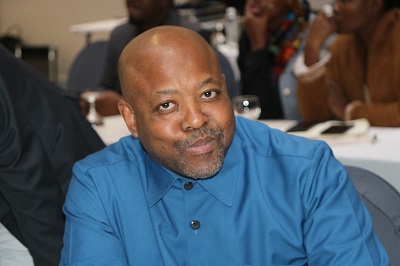A Milestone in Lesotho’s Mining Industry
By: Thandiwe Kubere
Set to cast the spotlight on the significance of mining in the country, Lesotho will hold its first Mining Indaba Khotla.
The inaugural conference will gather different stakeholders and investors, from April 25th to 26th 2024 at the Manthabiseng Convention Centre, Maseru.
The historic event, themed, “The future of mining in a global landscape”, is aimed at providing a platform for stakeholders to have discussions on critical issues that will shape the future of mining in Lesotho.
The discussion will be based on a variety of issues including technological advancements, environmental stewardship, community engagement, labor related matters and economic development.
It will also address challenges facing the sector, as well as how Basotho can get involved in the mining industry and access funds from relevant investors.
It further seeks to create a network and to attract, retain and grow the number of women within the mining industry, proactively facilitating initiatives that promote gender equity.
Unveiling Lesotho’s turn-around strategy for economic growth, the Minister of Natural Resources Hon. Mohlomi Moleko says diamonds contribute significantly to the country’s Gross Domestic Product (GDP) and, it is time to effectively harness that strength.
Over the years, Lesotho has been reputable for its richness in natural resources, with the main focus on water and diamonds.
“In essence, what we are trying to achieve with the mining indaba khotla, is to attract foreign direct investment and showcase the country in terms of its mineral resources.
“We have more than 400 Kimber-lite bodies in Lesotho and we have four mines which contribute between 6% and 10% of our country’s economy”, he says.
This is ample contribution considering that it comes from four operational diamond mines; namely: Letseng Diamond, Storm Mountain Diamond, Liqholobong Diamond and Mothae Diamond.
Hon. Moleko further emphasizes great potential in exploiting the remaining Kimber-lite bodies and other minerals accessible in the country, such as oil and coal.
The untapped minerals make the country a viable option for investors looking to work with government through the people of Lesotho.
One of the Mining Indaba Khotla organizers Tando Mandela, highlights that Diamonds are instrumental in the growth of Lesotho’s foreign reserves and have boosted the country’s export earnings accounting for 3% of the country’s total exports in 2011.
It is an illustration of monumental growth considering that they only accounted for 0.1% in 2002.
Mandela indicates this proves that the country is capable of growing the economy through its extractive resources and continues to create the necessary business infrastructure that makes international trade plausible.
She says, “Lesotho also supplies water to its neighbouring country South Africa and is establishing itself as a formidable player in the hydrogen supply sector.
“The mining sector however continues to account for an increasing percentage of the GDP and along with water and hydrogen supply, Lesotho is open for business.”
She asserts the country benefits greatly from investments in exploration efforts because the mountains of Lesotho are lava laced and, according to local geologists, the country could still discover more minerals.
Therefore, the government needs to plough more resources into this sector and as it stands, it does not possess the financial muscle to achieve this alone.
The country is also well endowed with high quality sandstones, basalt and dolerite.
Basalt is currently used in the construction industry to build reinforcements whilst the clay deposits that are found in the country are instrumental in the pottery industry which has huge potential to grow and create rural and commercial jobs.


